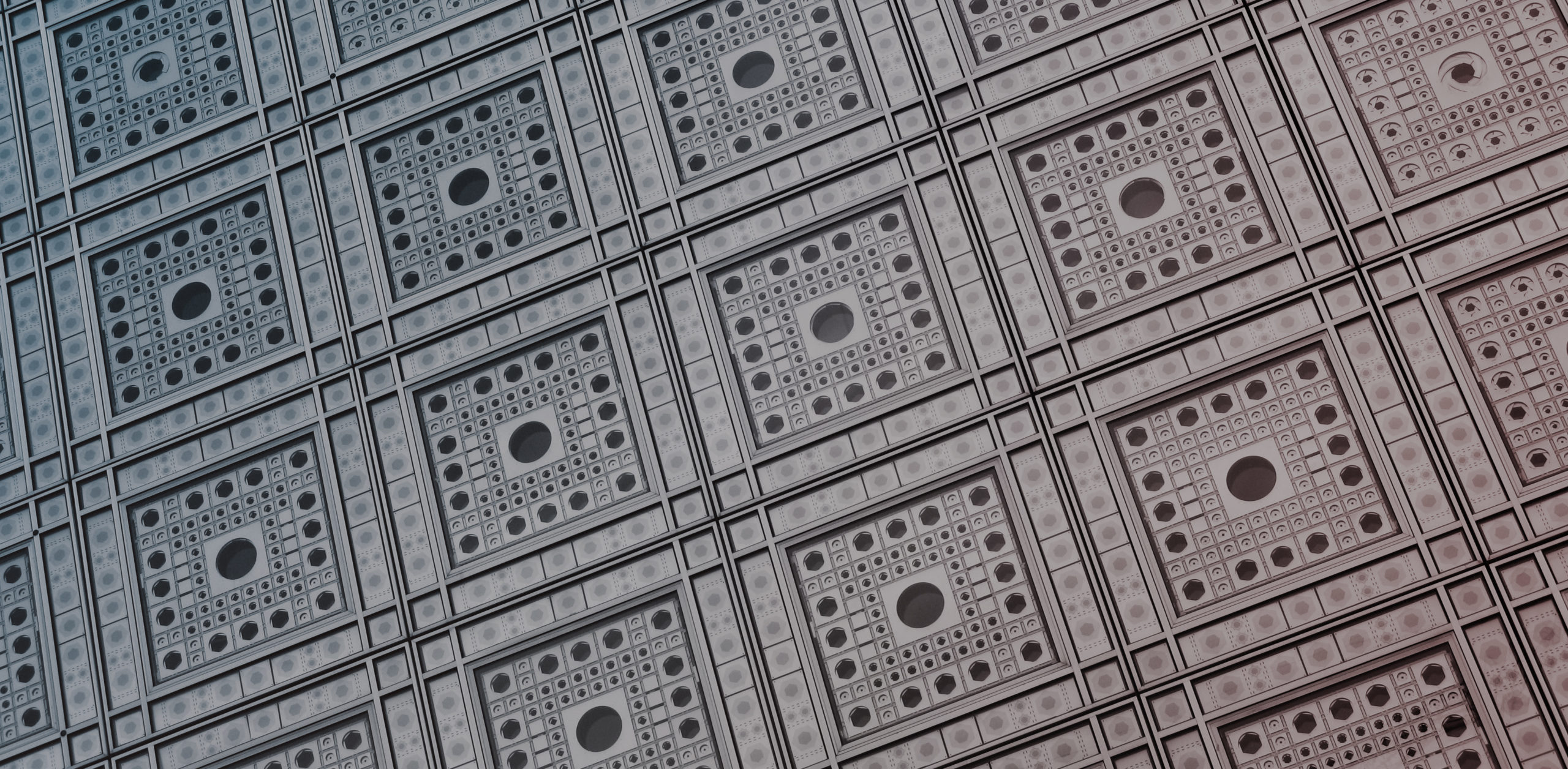In January 2022, visionary architect Ricardo Bofill passed away at the age of 82. Rising to fame in the 1960s, became known for his radical approach to design, creating urban-scaled architecture aimed at addressing larger political and social issues. In a wider context, Bofill’s name and projects are associated with postmodernism. In recent years, his highly photographic designs from the 1960s, such as Walden 7 and La Muralla Roja, enjoyed a second-wind of popularity with the rise of social media.
Born in Barcelona in 1939, Ricardo Bofill grew up in a prominent Catalan household under the dictatorship of Francisco Franco. The son of an architect, builder, and developer, he continued on the same path as his father, enrolling at the Escola Tècnica Superior d’Arquitectura de Barcelona. Expelled due to his left-wing views that ran contrary to life under the regime, the young architect completed his education in Switzerland before returning to his hometown 1963, at the age of 23, at which time he founded the Ricardo Bofill Taller de Arquitectura.
The studio was truly founded on collaboration, it became a multidisciplinary think tank where architects, engineers, writers, sociologists and the like developed experimental designs. The firm’s early work embraced vernacular details, often utilizing local materials and construction methods typical to Catalan architecture. As the practice grew, its designs were increasingly marked by a desire to, in their words, “address the urban planning problems occurring at the local level within the Spanish political and social systems.”
As the scope of their work grew, Bofill lead his team to develop a distinct formal methodology — first worked out on a theoretical basis with the project The City in Space and later taking formal expression with the construction of the seminal subsidized housing project Walden 7 in 1975. That same year, Bofill and his team began operating out of their iconic, sprawling converted factory, dubbed La Fabrica, on the outskirts of Barcelona.
Projects developed during the next decade cemented the firm’s association with postmodernism. Since then, the firm has fueled its continuous architectural evolution with seemingly insatiable curiosity and research towards new directions in design.
When it comes to the work of Bofill and his firm Ricardo Bofill Taller de Arquitectura (RBTA), selecting a single perspective — or even several — to portray a project becomes a near impossible task. From the modular geometries of their earlier projects to the monumental symbolism of his surreal housing estates to the elegant use of steel and glass in its mature output, the Barcelona firm has left memorable footprints on cities around the world. In the multi-unit projects that follow, a knack for color and an uninhibited sense of space result in designs as dramatic as the landscapes they emerge from, never sacrificing the intricate spatial logic that often defines community life.
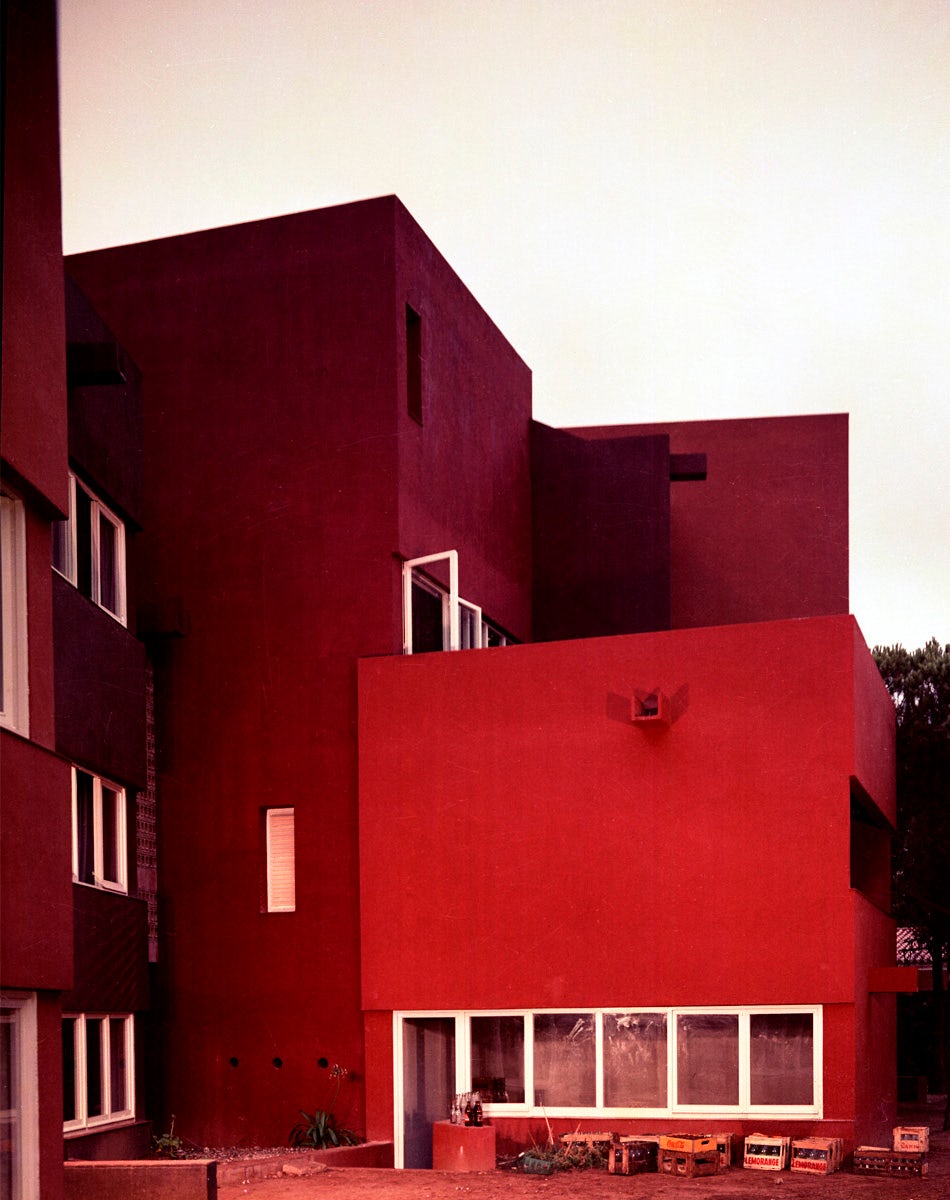
© Ricardo Bofill Taller de Arquitectura
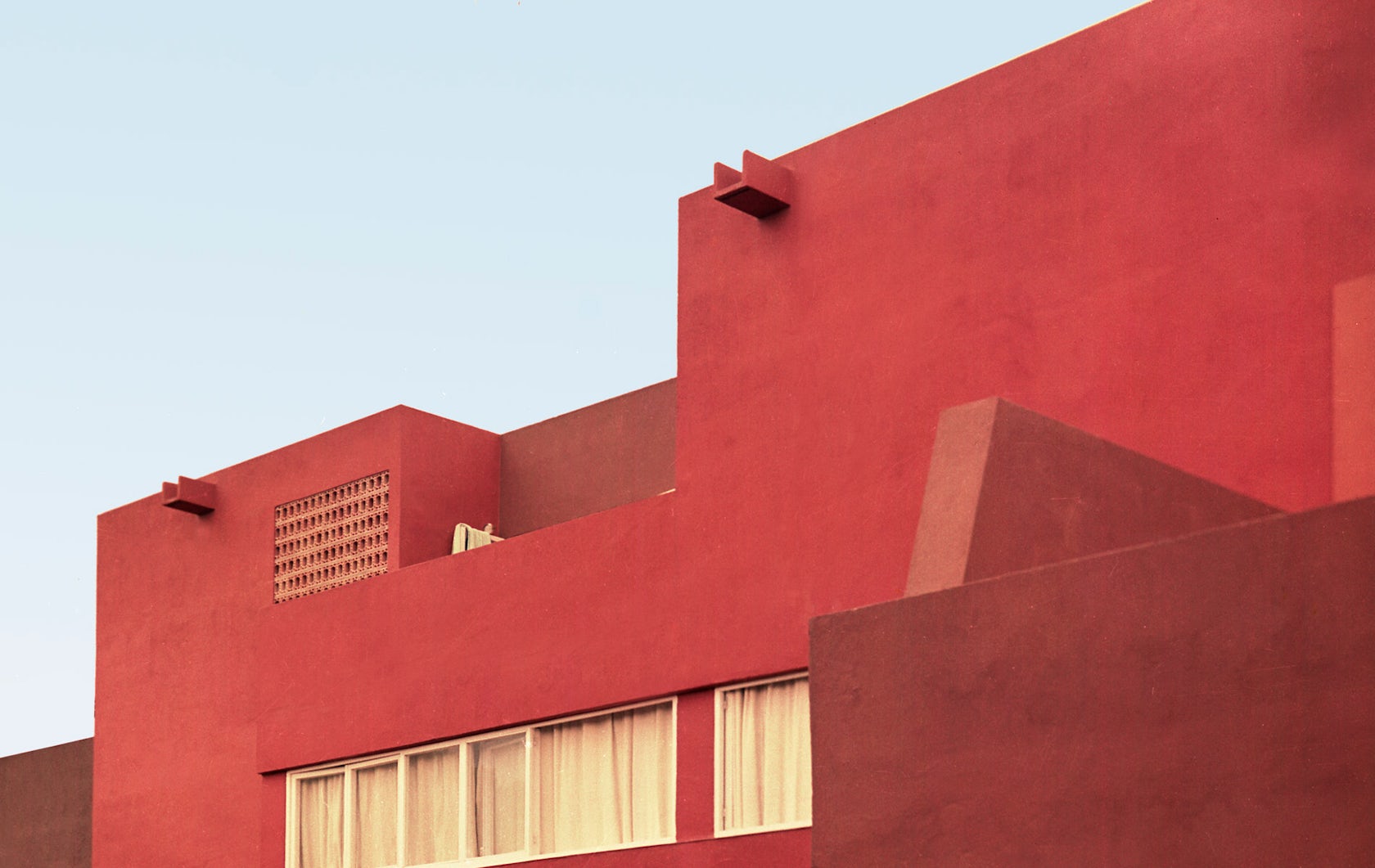
© Ricardo Bofill Taller de Arquitectura
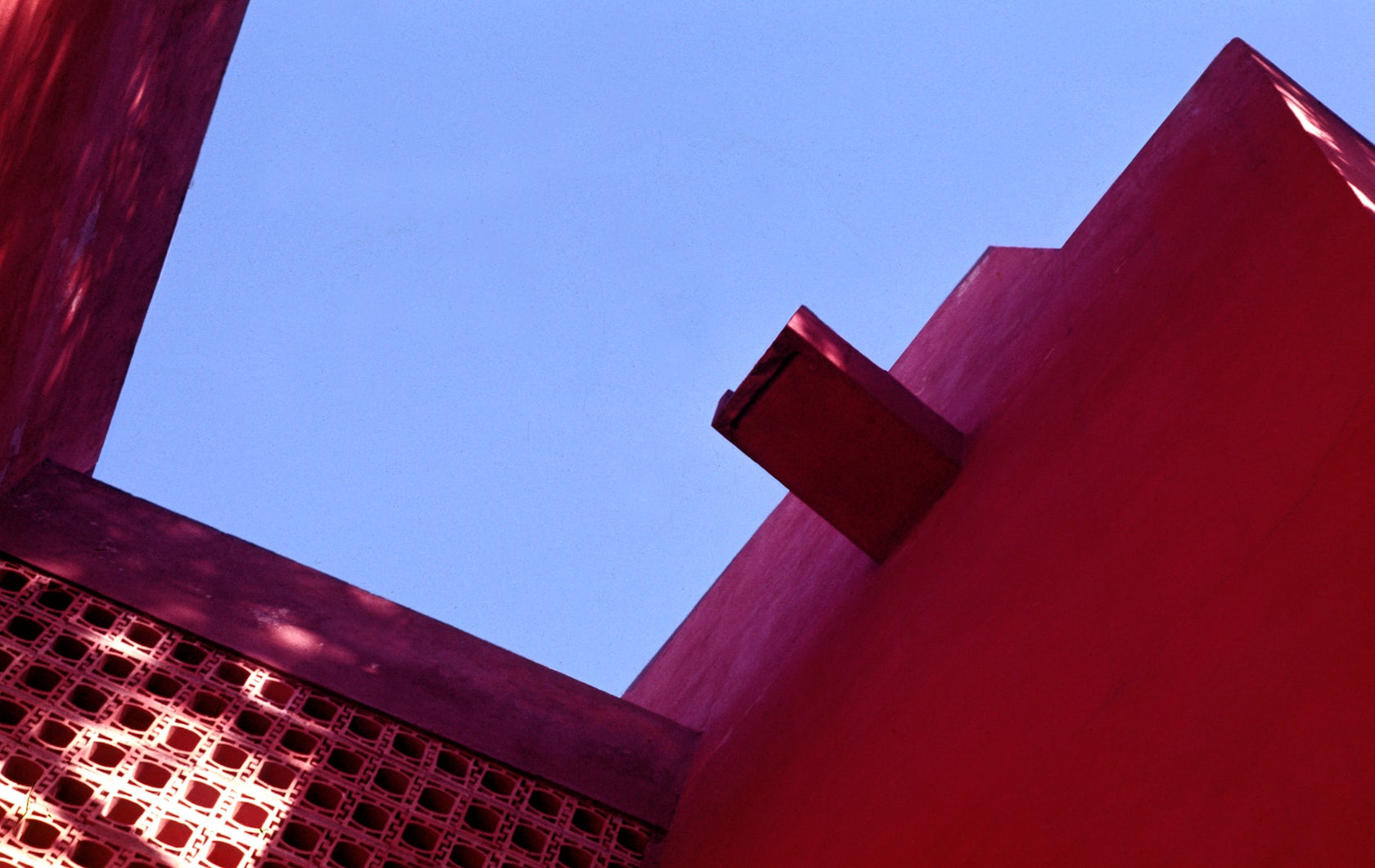
© Ricardo Bofill Taller de Arquitectura
El Sargazo Apartments, Castelldefels, Spain, 1962
Comprised of 33 summer apartments in a pine wood, the varied volumes of this apartment complex demonstrate a more restrained approach, in comparison to Bofill’s later designs. Nevertheless, the earthy shades of red that coat the built components result in a cubic collage that would soon become a mainstay of RBTA.
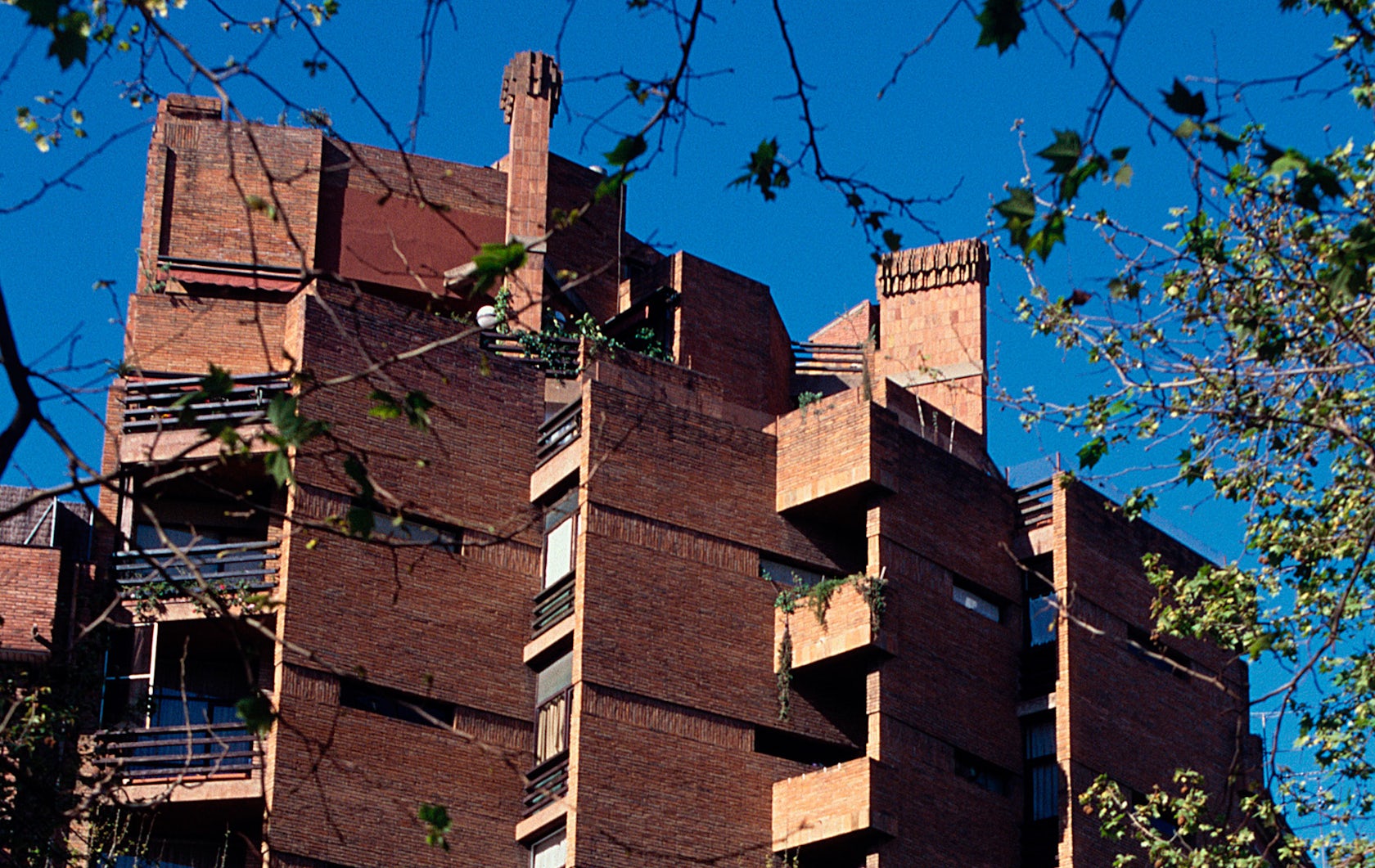
© Ricardo Bofill Taller de Arquitectura
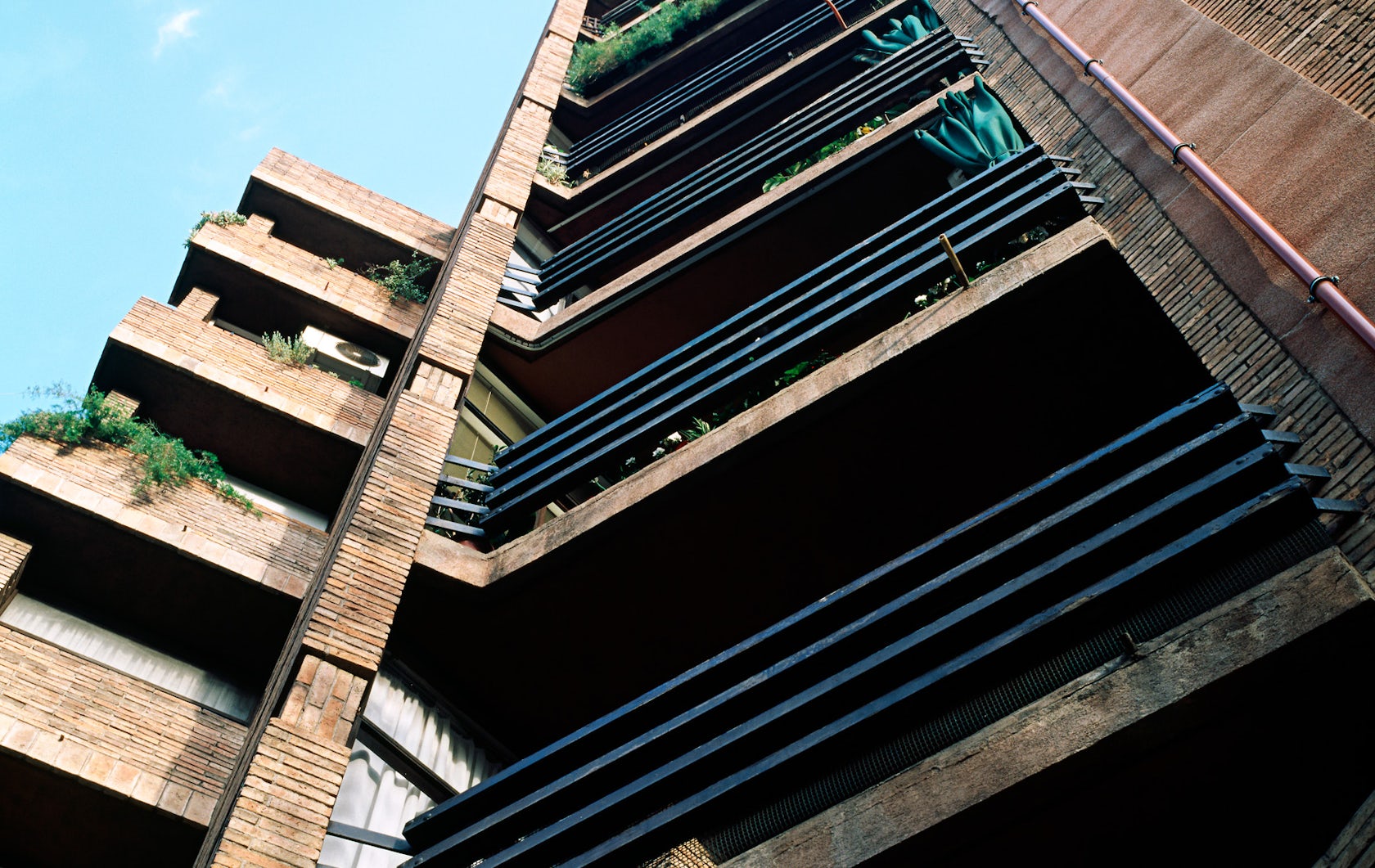
© Ricardo Bofill Taller de Arquitectura
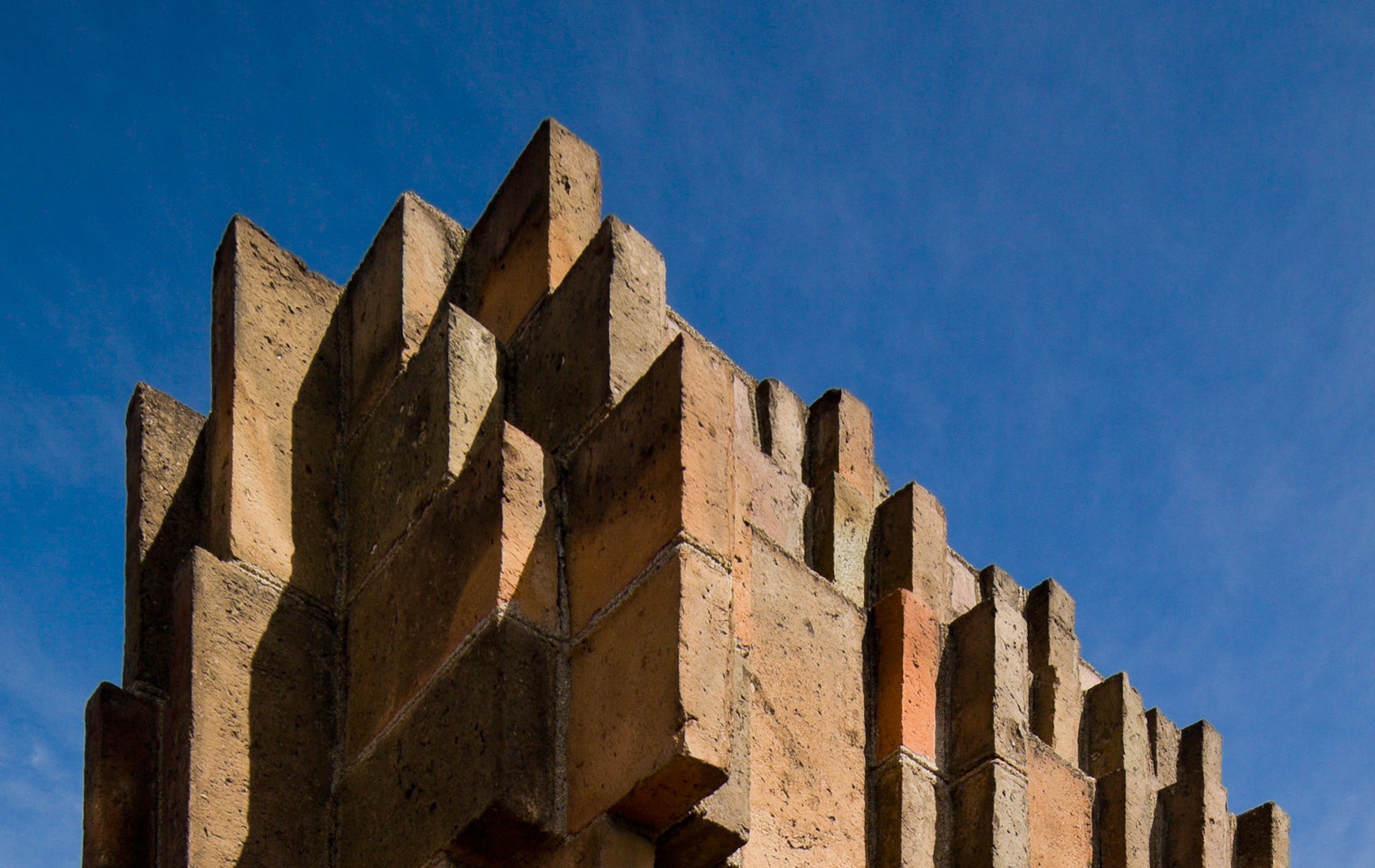
© Ricardo Bofill Taller de Arquitectura
Nicaragua 99 Apartments, Barcelona, Spain, 1965
Situated in a more urban context, the Nicaragua 99 apartments uses a fanned-out footprint to take advantage of its small site. The rent-controlled apartments within thus have shifted views from their loggia, while the volumetric intricacy is carried through to decorative elements on the roof. Like much of Bofill’s work, the design is reminiscent of a fractal, each pattern and element collapsing into the next.
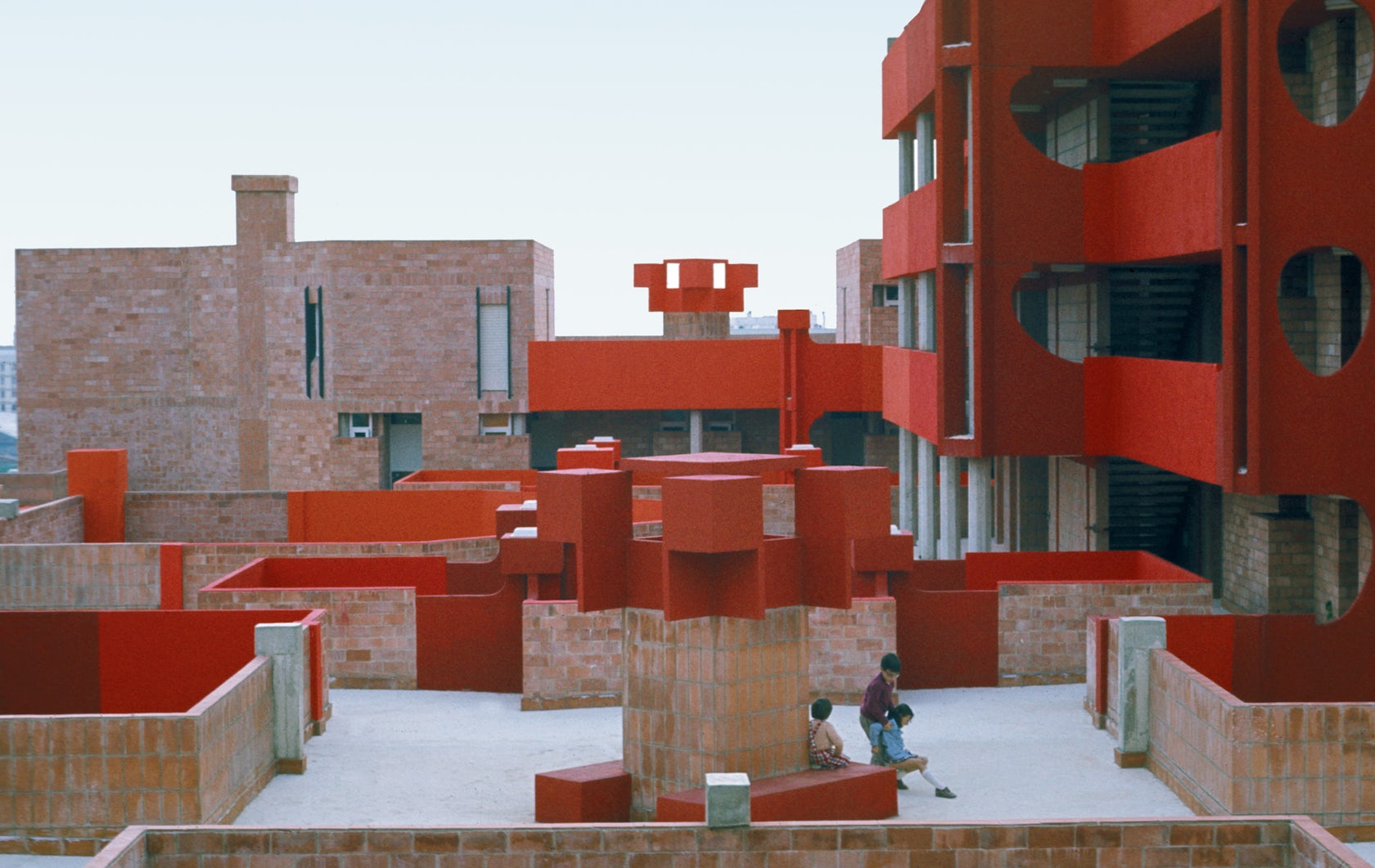
© Ricardo Bofill Taller de Arquitectura
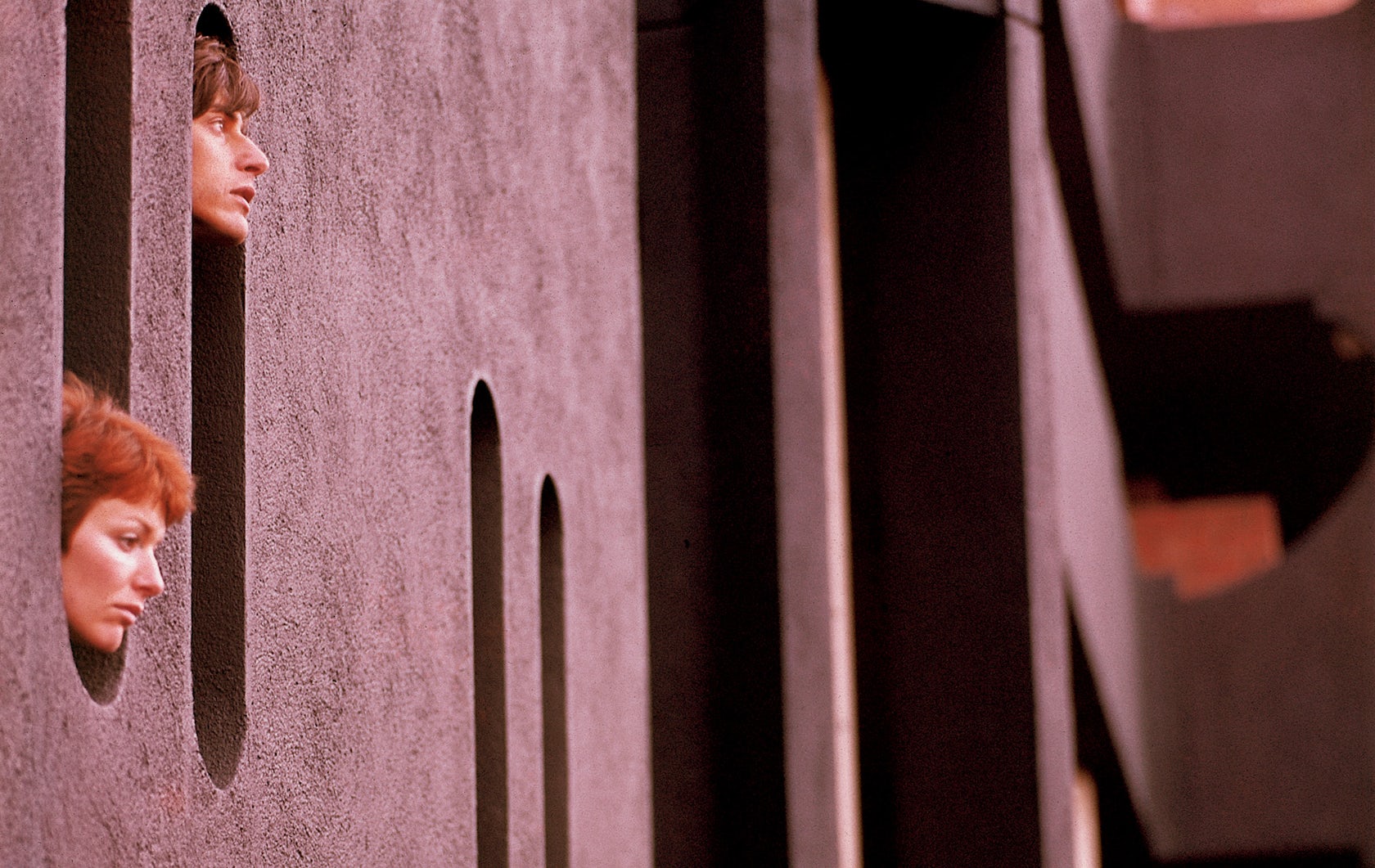
© Ricardo Bofill Taller de Arquitectura
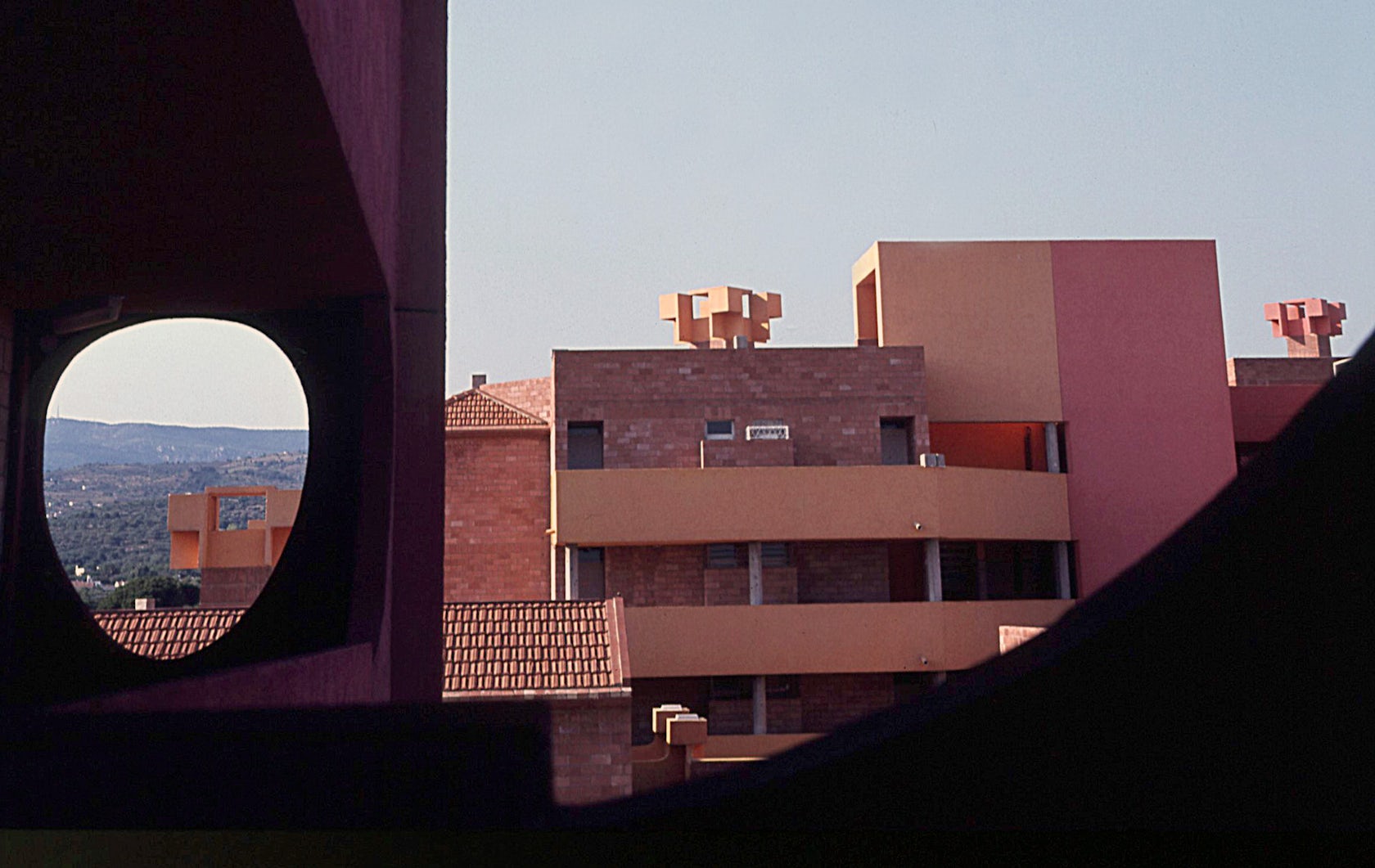
© Ricardo Bofill Taller de Arquitectura
Gaudí District, Reus, Spain, 1968
Designed to answer the needs of an influx of immigrants in the 1960s, this low-cost housing project distinguishes itself from the unsuccessful, dormitory-style appearance of contemporaneous models. RBTA sought to create a bustling communal environment, placing circulation at the forefront of the design and allowing housing units ample access to daylight. In this scheme, where no dwelling is identical, swathes of color differentiate and enliven the sprawling massing.
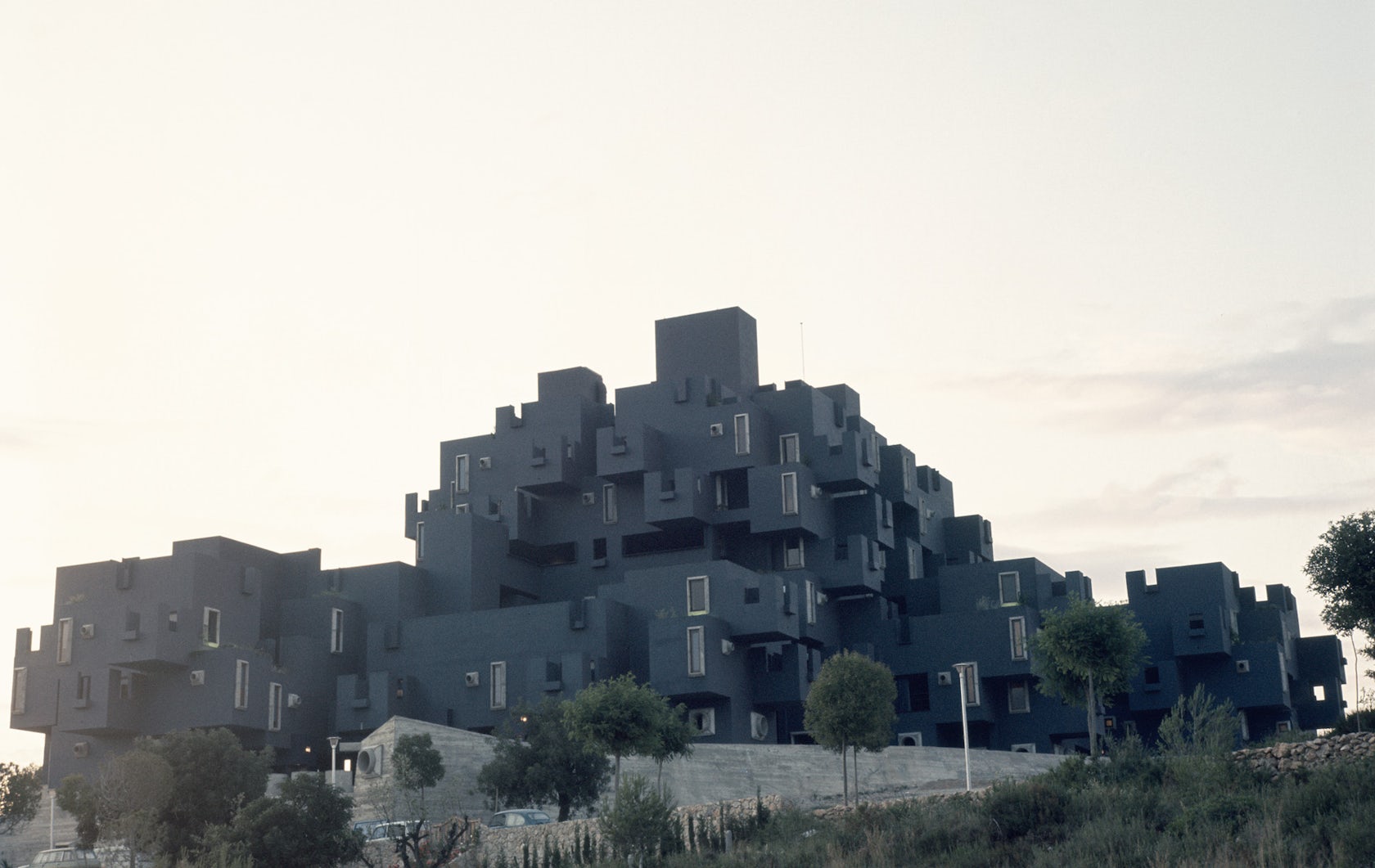
© Ricardo Bofill Taller de Arquitectura

© Ricardo Bofill Taller de Arquitectura

© Ricardo Bofill Taller de Arquitectura
Kafka Castle, Sant Pere de Ribes, Spain, 1968
This housing project, named in homage to Franz Kafka and his eponymous novel, was inspired by the Archigram movement and Bofill’s ongoing penchant for the cube. Without an overarching plan but with the help of mathematical equations, a series of cubes were constructed around staircases, intersecting with each other to result in 90 individual dwelling spaces. A pool, sauna and restaurants round out the surreal development, its dark mass jagged against the glare of the sun.
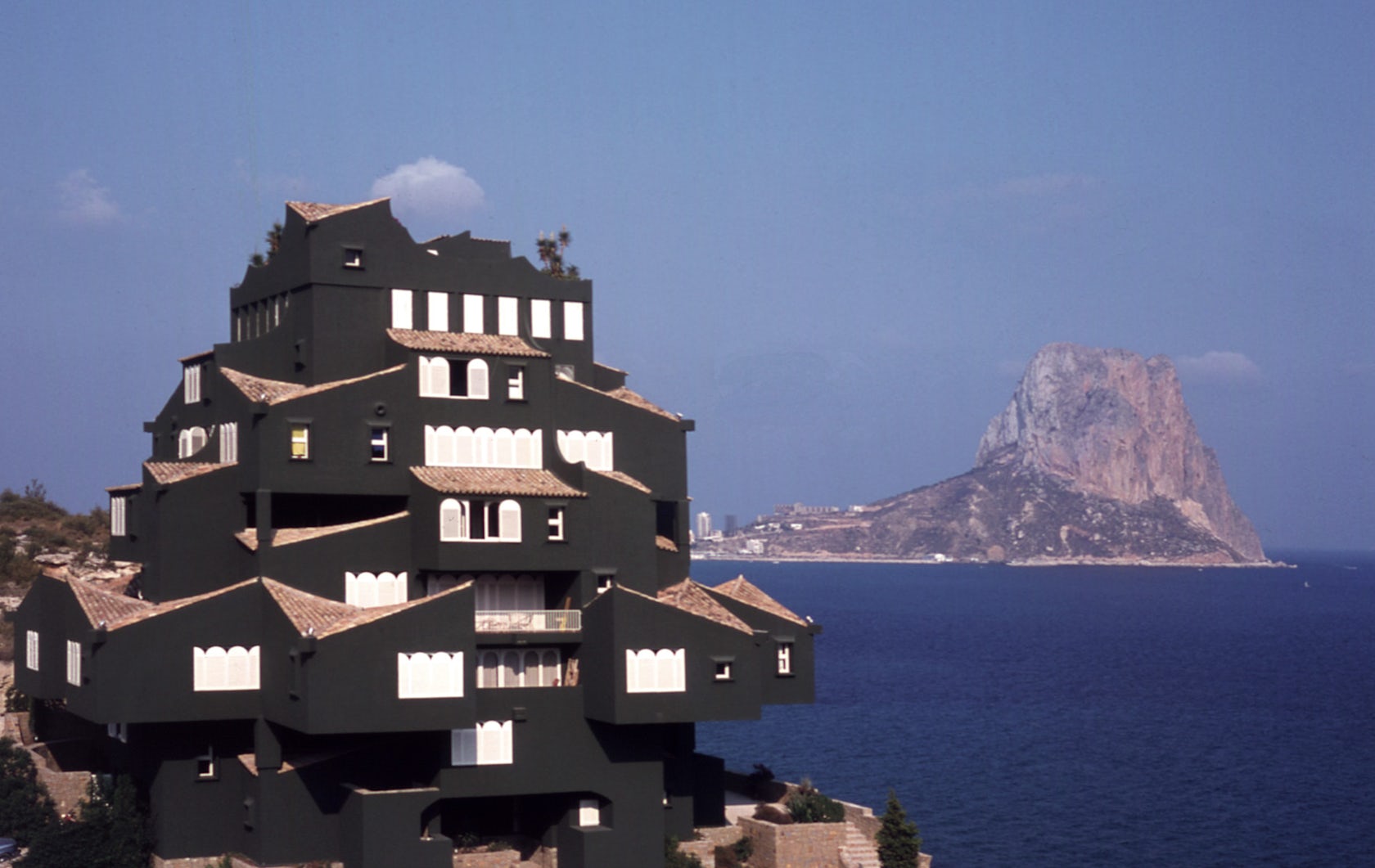
© Ricardo Bofill Taller de Arquitectura
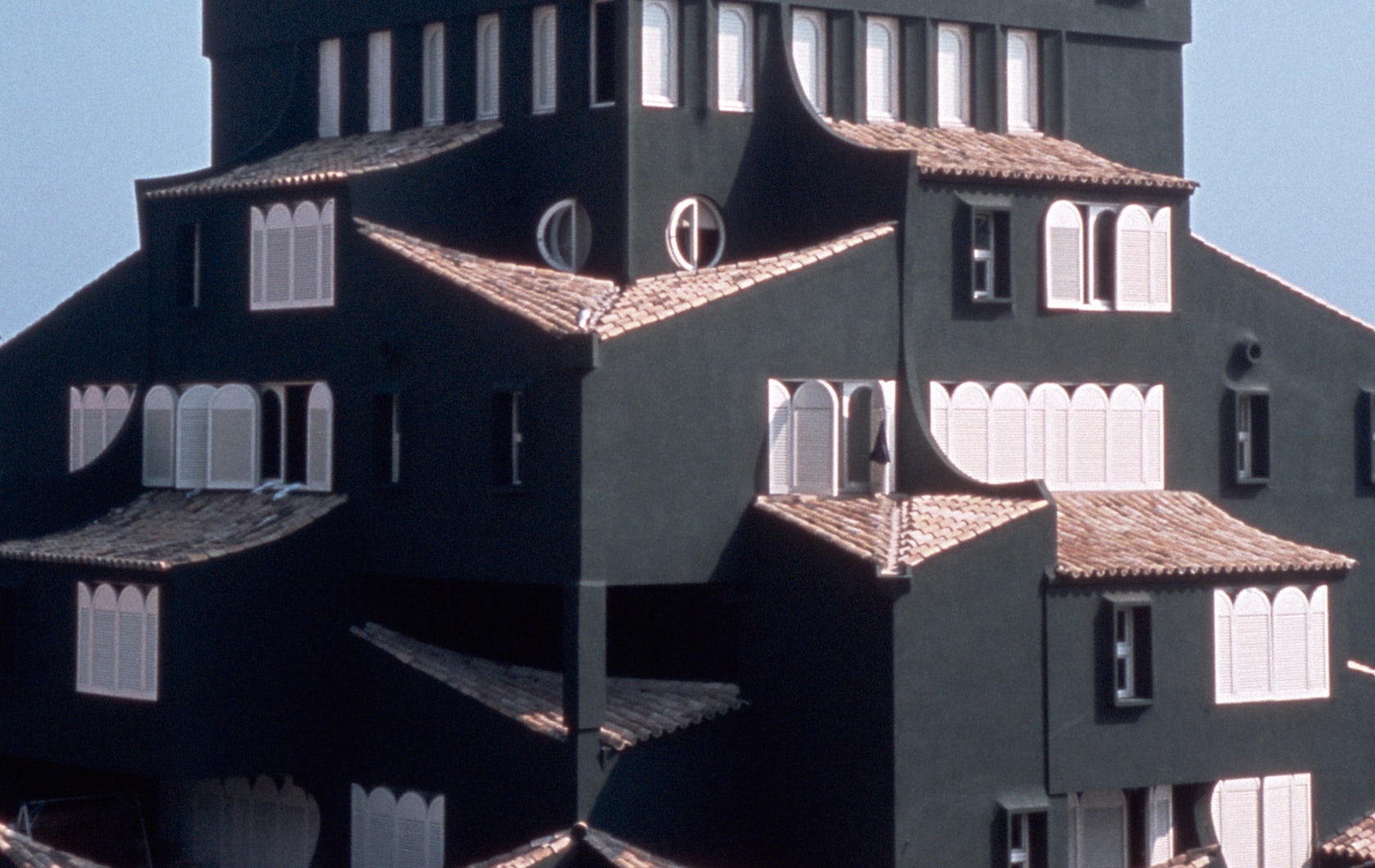
© Ricardo Bofill Taller de Arquitectura
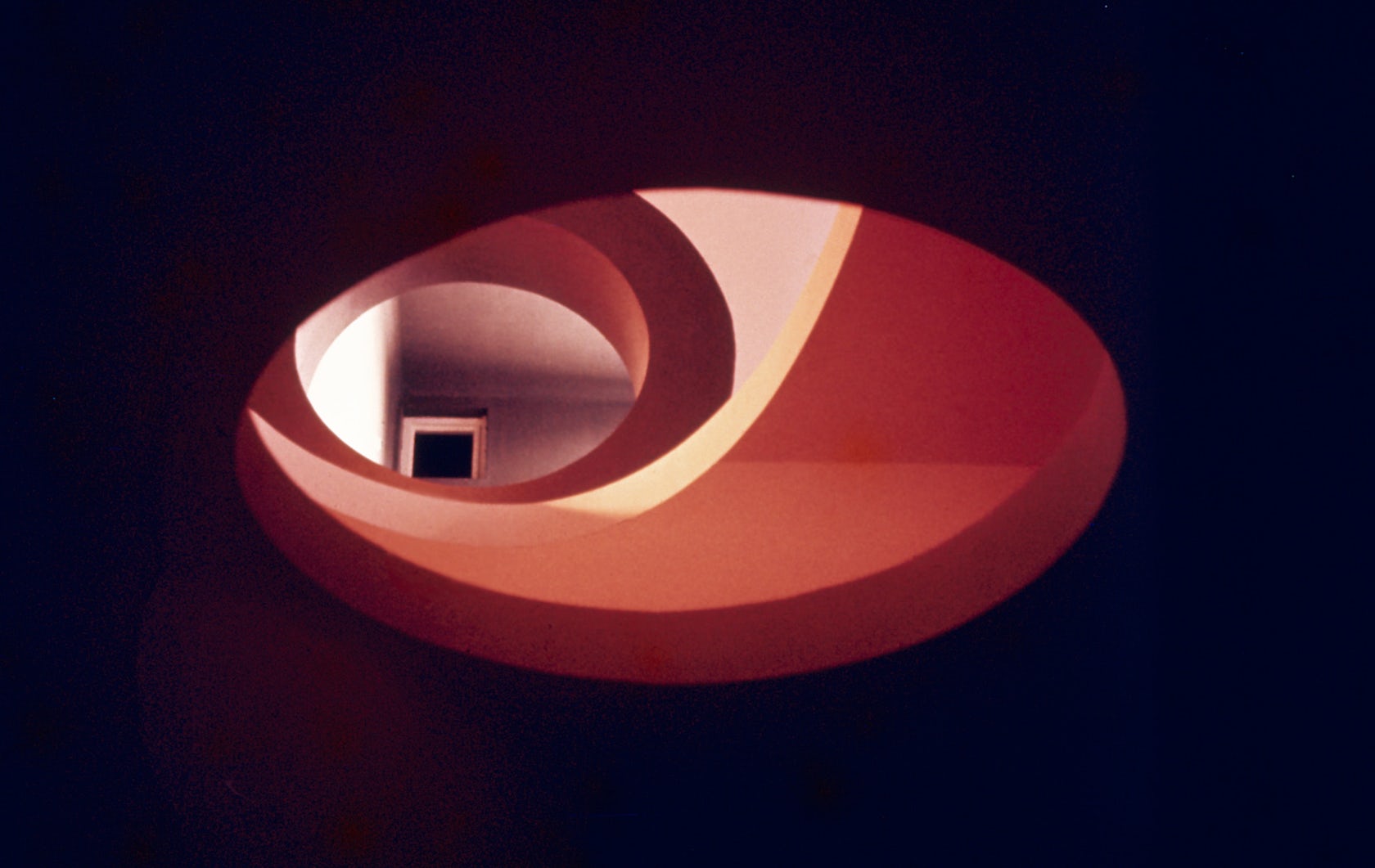
© Ricardo Bofill Taller de Arquitectura
Xanadú, Calp, Spain, 1971
Xanadú is an apartment building constructed as part of a larger development known as La Manzanera, an experimental resort complex on a seaside cliff that Bofill gradually turned into his spatial laboratory. A blend of influences, from the archetype of the castle to the rough edges of the nearby crag, the volumes of this project surround a central circulation axis and are differentiated by types of human activity. Vernacular details such as handrails and pitched roofs mark a rupture in Bofill’s loyalty to modernism, but soften the imposing quality of the building’s matte-black finish.

© Ricardo Bofill Taller de Arquitectura
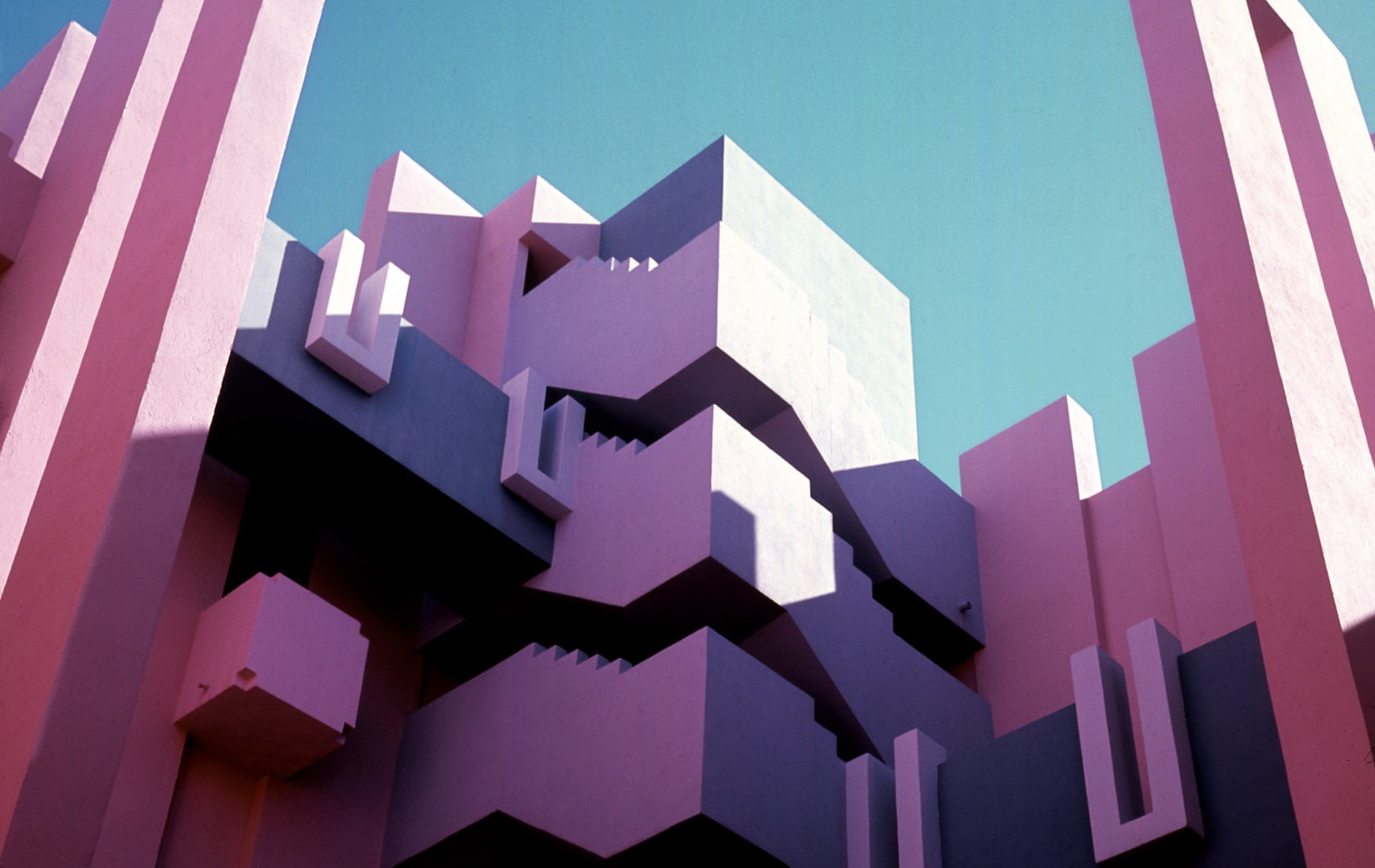
© Ricardo Bofill Taller de Arquitectura
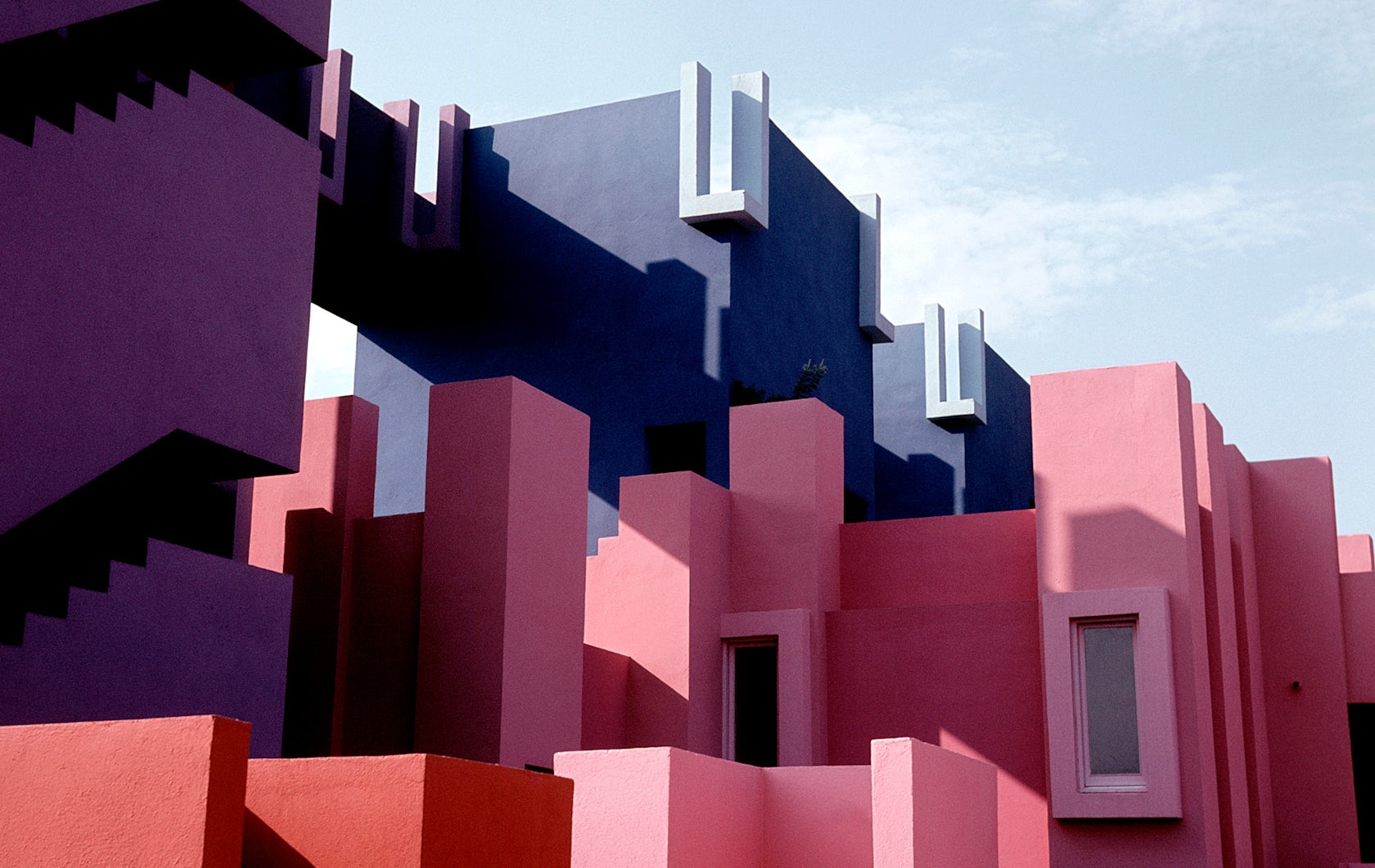
© Ricardo Bofill Taller de Arquitectura
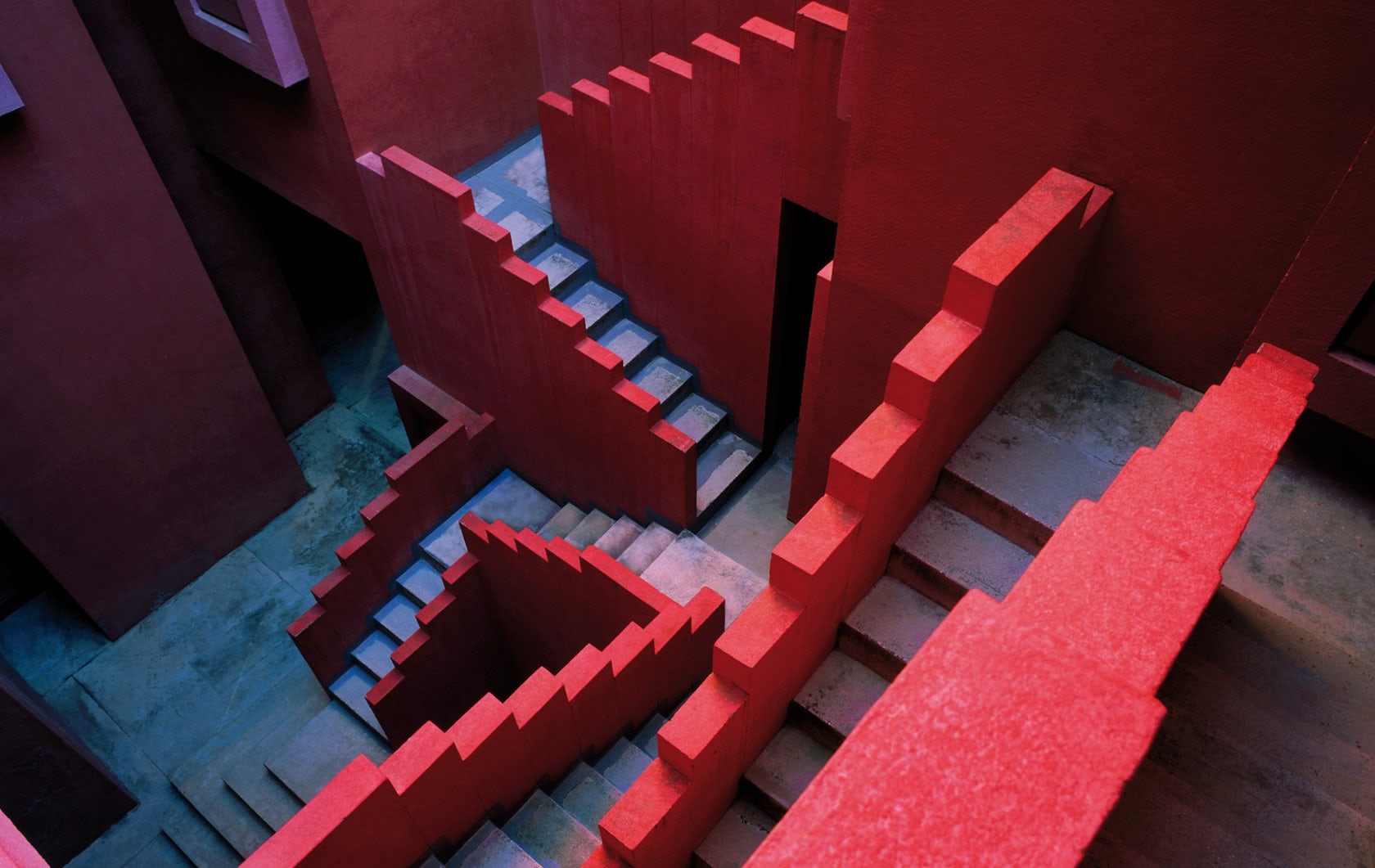
© Ricardo Bofill Taller de Arquitectura
La Muralla Roja, Calp, Spain, 1973
Also part of La Manzanera, La Muralla Roja adopts a lighter color palette to define sections of its labyrinthine tower structures. RBTA used theories of constructivism to reinterpret the intricate, outwardly confounding urban plans and adobe materiality of the traditional North African casbah. The result is stunning — set against the rich blue of the Mediterranean, the housing complex offers an infinite number of vibrant sightlines.
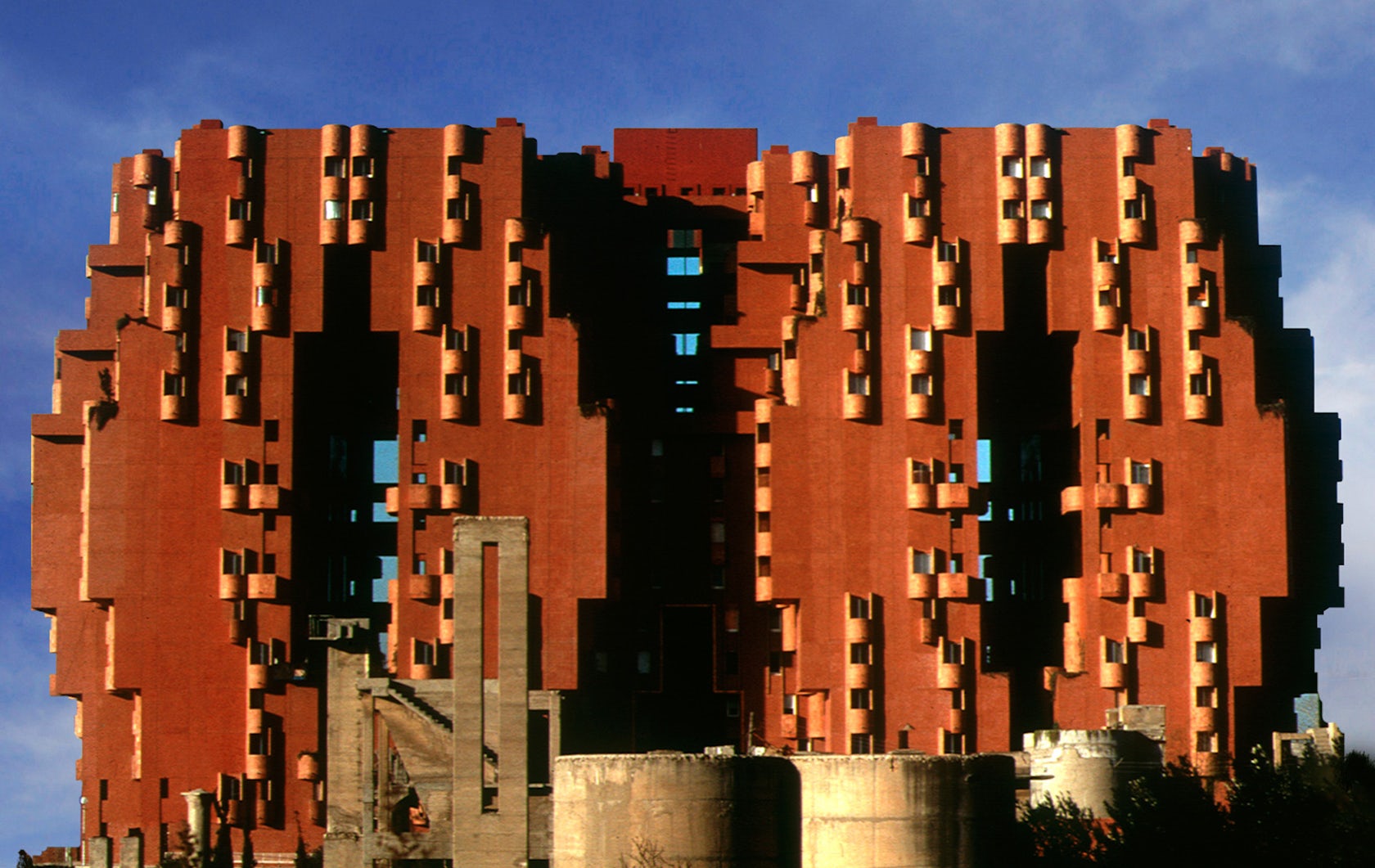
© Ricardo Bofill Taller de Arquitectura

© Ricardo Bofill Taller de Arquitectura
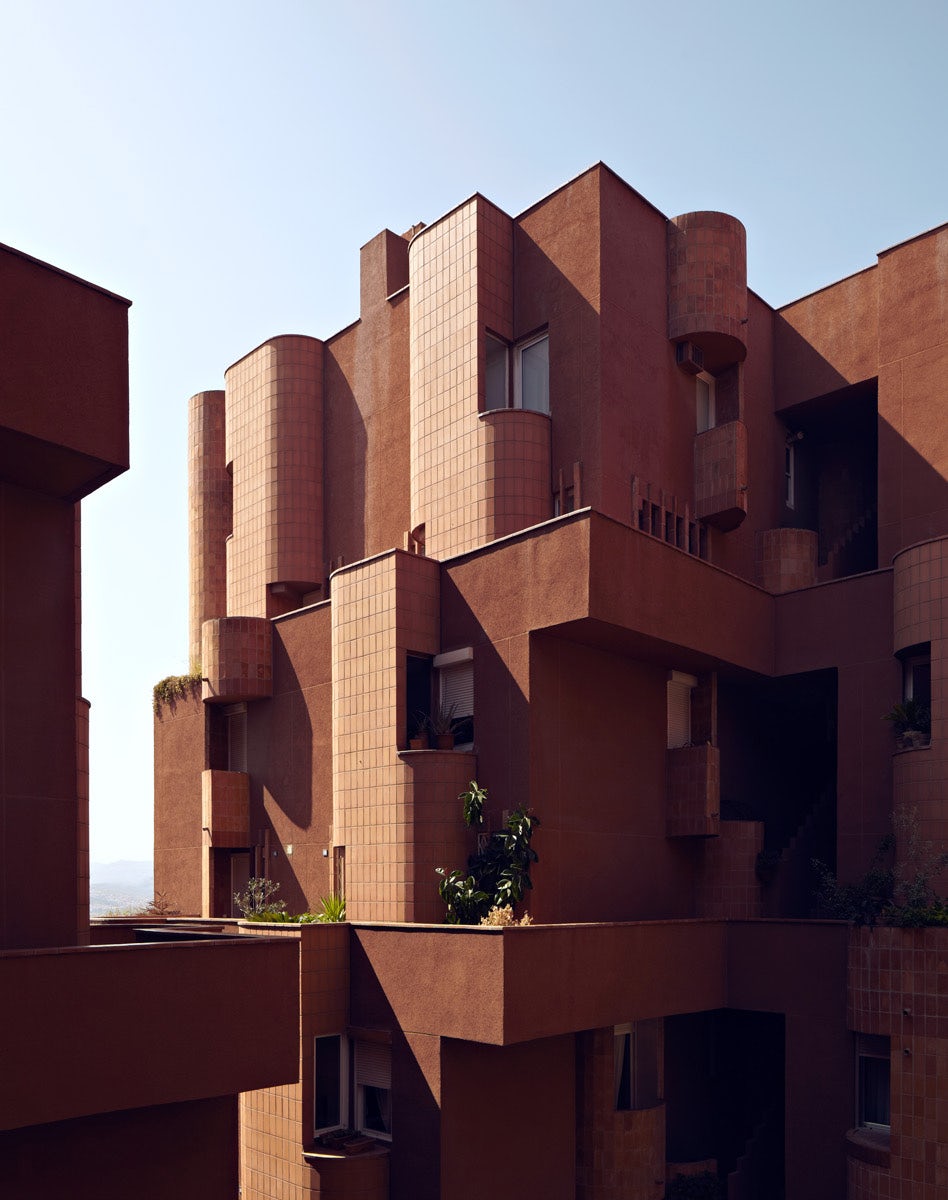
© Ricardo Bofill Taller de Arquitectura
Walden 7, Barcelona, Spain, 1974
The 18 towers that comprise Walden 7 escape the monotony of the traditional housing block with the strategy of volumetric shifts, resulting in a complex tangle of circulation and a series of internal courtyards. The rounded individual balconies add formal contrast to the external structure and give the cavernous interior openings a rich, inviting texture. It stands today as a hypnotic testament to the design potential of low-cost housing.
Project texts by Maya Sorabjee, Main text by Hannah Feniak
Architects: Want to have your project featured? Showcase your work through Architizer and sign up for our inspirational newsletters.







